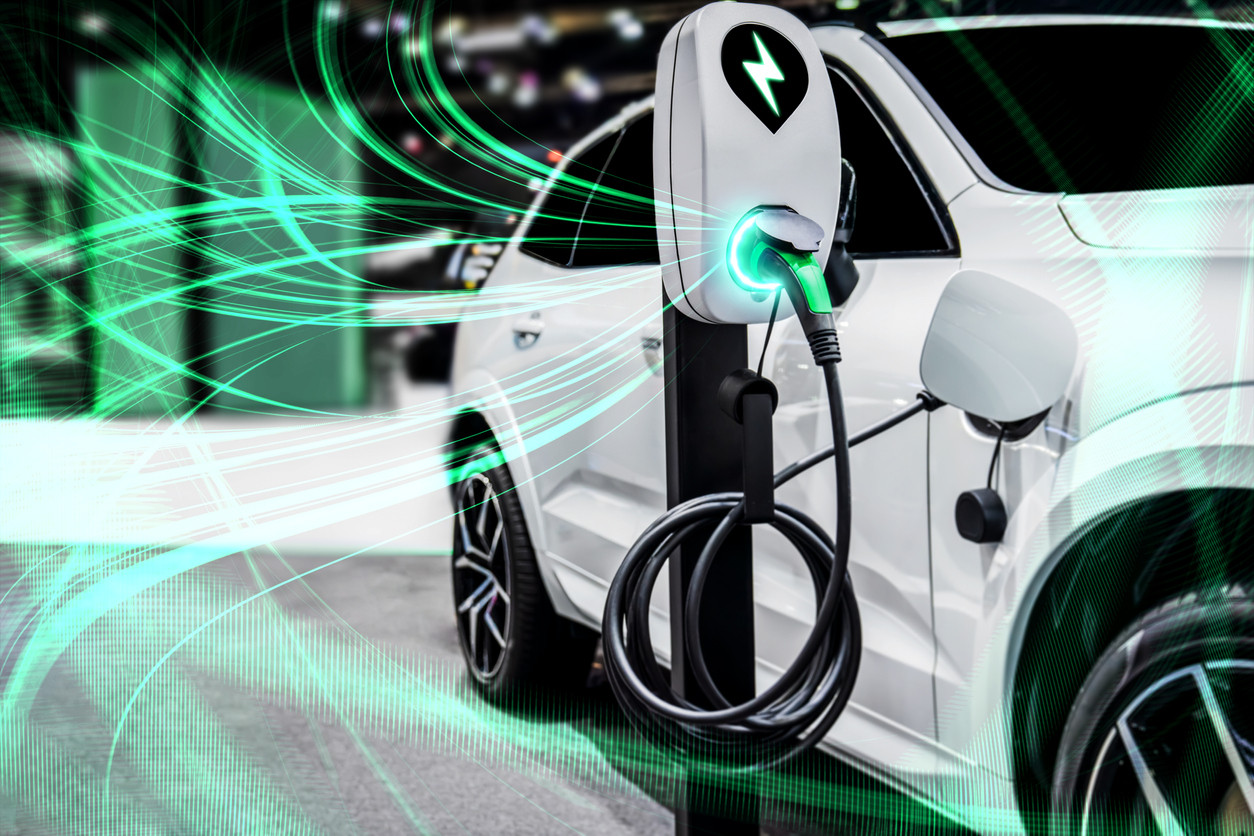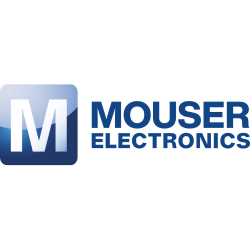Mouser's 2024 Trends in Electronics Component Purchasing
07-12-2023 | By Mouser Electronics
As we move toward 2024, it’s essential that buyers and purchasing professionals remain vigilant and informed about market trends to optimise their purchasing strategy and supply chain. To facilitate this, Mouser Electronics has compiled a list of 12 purchasing trends that offer an overview of the current state and future expectations in the electronics components market.
1: Heightened Demand in Automotive and Industrial Applications
The demand for electronic components is seeing a notable increase in the automotive and industrial segments, driven by the rising popularity of electric vehicles (EVs) and the integration of advanced safety systems in both EVs and traditional autos. Additionally, the industrial sector is experiencing an uptick in demand related to power applications. Buyers focusing on these areas should brace for ongoing supply constraints, especially in securing analog and power management components, microcontrollers (MCUs), and products like silicon carbide (SiC) and gallium nitride (GaN).

2: Surge in Data Centre Investments Driven by AI Technologies
The AI revolution, partly fuelled by advancements in platforms like ChatGPT, is leading cloud and enterprise data centre operators to heavily invest in AI-accelerated servers and related equipment. This anticipated increase in server shipments, following a previous drop, is expected to significantly bolster the semiconductor market, particularly in areas such as microprocessors (MPUs), memory, programmable logic, and ASIC markets.
3: Declining Demand for General Purpose Semiconductors
General purpose semiconductors, including memory and standard logic ICs, are expected to see a decrease in demand and pricing. This trend is due to the downturn in new orders as compared to device shipments, leading to a likely decrease in lead times.
4: High Demand for Specific Semiconductor Components
Despite the stabilising inventory shortage levels, a scramble for certain components, particularly in the semiconductor category, persists. These now-rare components, often referred to as "golden screws," continue to be in high demand. As overstock depletes, customers are likely to focus more on replenishing inventory levels of core interconnect, passive, and electromechanical (IP&E) components.
5: Recovery from Supply Chain Disruptions in Electronics
The electronics industry continues to navigate the aftermath of recent supply chain disruptions. While inventory levels of affected parts are gradually increasing, authorized distributors like Mouser Electronics are playing a crucial role in this recovery. Having had these components on order for a significant time, these distributors ensure the parts are in stock for purchase as soon as possible.
6: Influence of Green Tech on Electronic Component Purchasing
Advancements in sustainability and green technologies are not just influencing but actively shaping purchasing trends in the electronics market. Customers are increasingly demanding green technology and are integrating it into their designs. This shift may restrict vendor options, as such products often require specific certifications, impacting component availability and the overall project cost. However, the increased cost to end users is generally offset by other forms of savings and the positive environmental impact.

7: Decreasing Demand for Specific Technologies and Components
While not all technologies are experiencing a marked decrease in popularity, some are witnessing a decline. Technologies such as projectors, flash drives, printing presses for catalogues and booklets, and manual movie and music players are seeing reduced demand. This shift in consumer preferences will likely affect the market for components predominantly used in these technologies.
8: Factors Influencing Availability and Pricing of Electronic Components
The availability and pricing of components are increasingly influenced by a variety of factors. These include customer demand, evolving technology needs, delivery logistics, production costs, and government regulations. Backordered customer orders often take precedence over new orders, leading to inflated demands and higher prices from manufacturers.
9: Price and Lead Time Increases
As the demand for electronics rises in the second half of 2023, buyers who have been enjoying favourable pricing and lead-time trends may face increases in both. This change is expected to affect components such as MPUs and MCUs, analog signal circuits, and transistors. Buyers are advised to initiate their 2024 purchasing programs early to capitalise on current conditions.
10: Rapidly Changing Customer Needs and Preferences in Electronics
Customer needs and preferences in the electronics sector are evolving at an unprecedented pace. With looming shortages in certain commodities, customers are increasingly relying on advanced tools and resources for risk mitigation and long-term forecasting. They are actively collaborating with distributor partners to stay abreast of rapid market changes and leveraging these partnerships to maintain steady inventory flow.
11: Evolving Technologies in Electronic Applications
Technologies such as IoT, 5G, and AI are significantly altering the demand for electronic components. The surge in IoT applications is proliferating new product development in areas traditionally not associated with high-tech, like home appliances and wearables. This boom in connectivity is concurrently accelerating 5G implementation, a rapidly essential technology, especially in sectors like healthcare, security, and education.

12: Growth in Infrastructure Markets for Electronic Components
There is a growing anticipation of increased demand in late 2023 among passive component manufacturers, especially in infrastructure markets such as electric vehicle (EV) charging, energy storage, and renewable energy sectors. This growth is attributed to the expanding infrastructure for EVs and the global push towards sustainable energy solutions. However, buyers in these sectors are advised to remain vigilant about potential component shortages. The capacity utilization for some suppliers in these markets is relatively low, which might lead to supply chain bottlenecks. Therefore, strategic planning and early engagement with suppliers are crucial for businesses operating in these sectors to ensure a steady supply of necessary components.
As we head into 2024, the electronics components purchasing landscape will be shaped by the evolving demands of the industry, the pressures of supply chain recovery, and the relentless march of technological innovation.
One challenge buyers are almost guaranteed to face next year is having to identify and select alternative parts for their BOM. Mouser offers some great tips in this video.
To read more articles like this, visit https://resources.mouser.com/purchasing-resource-library

